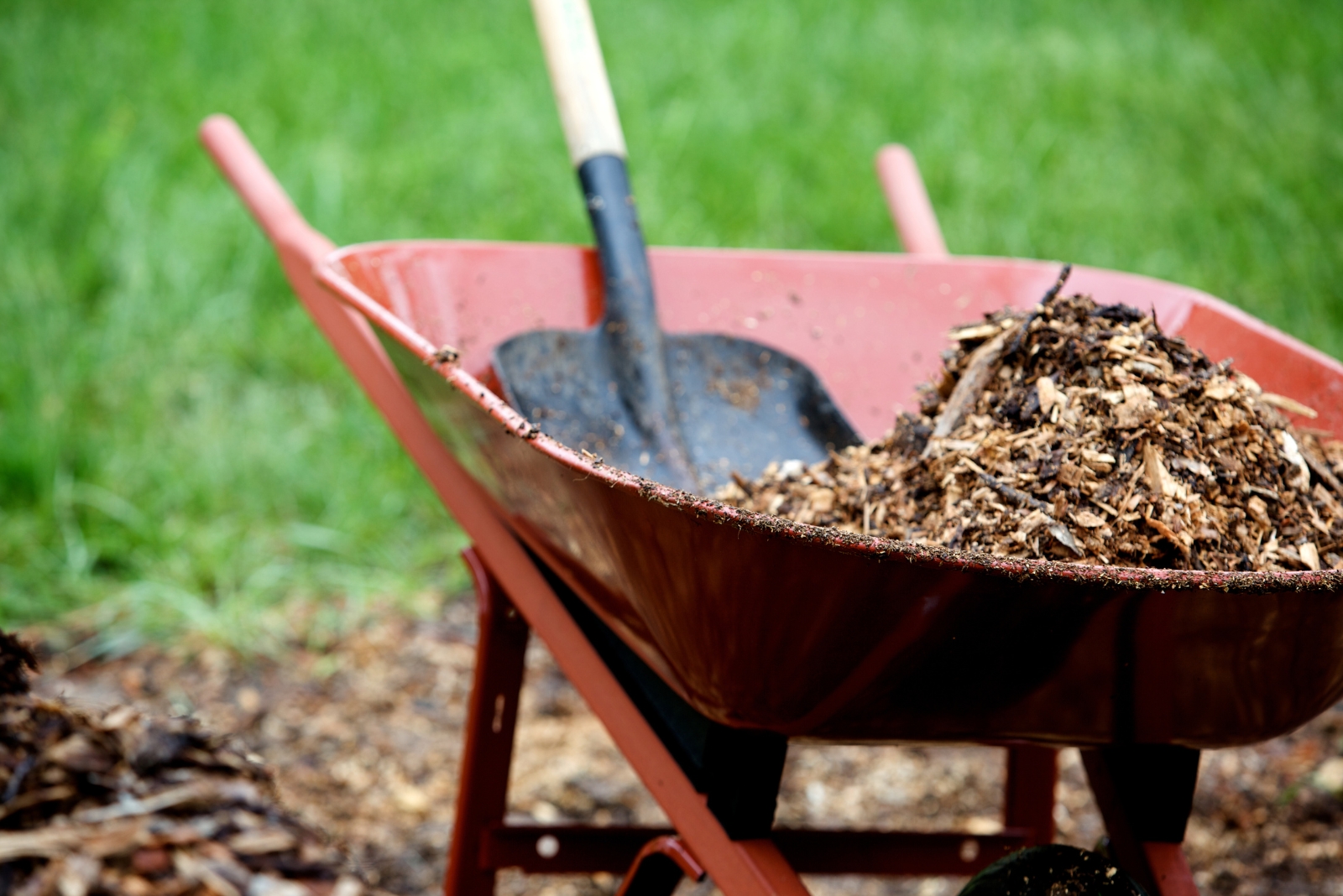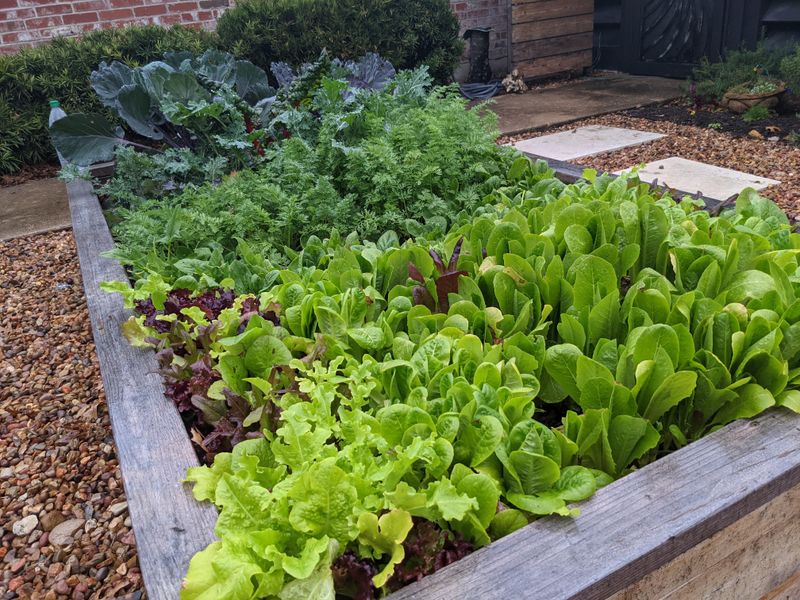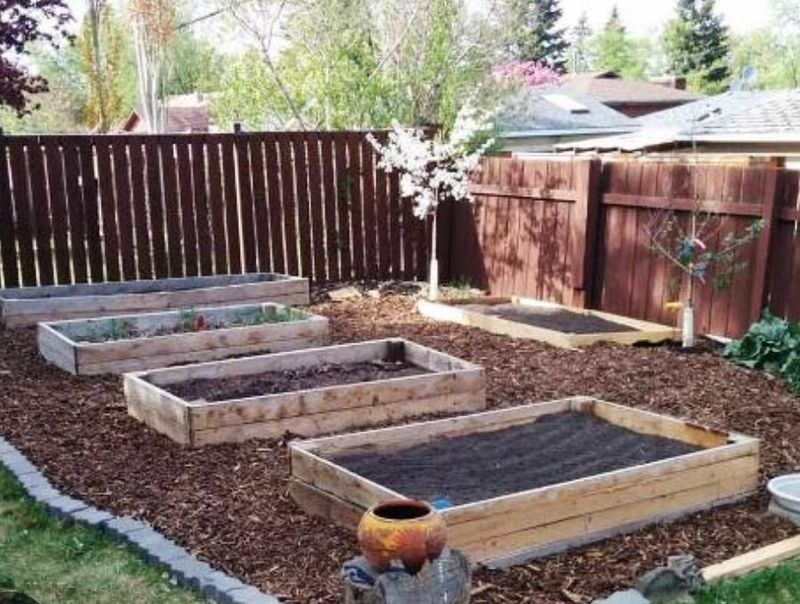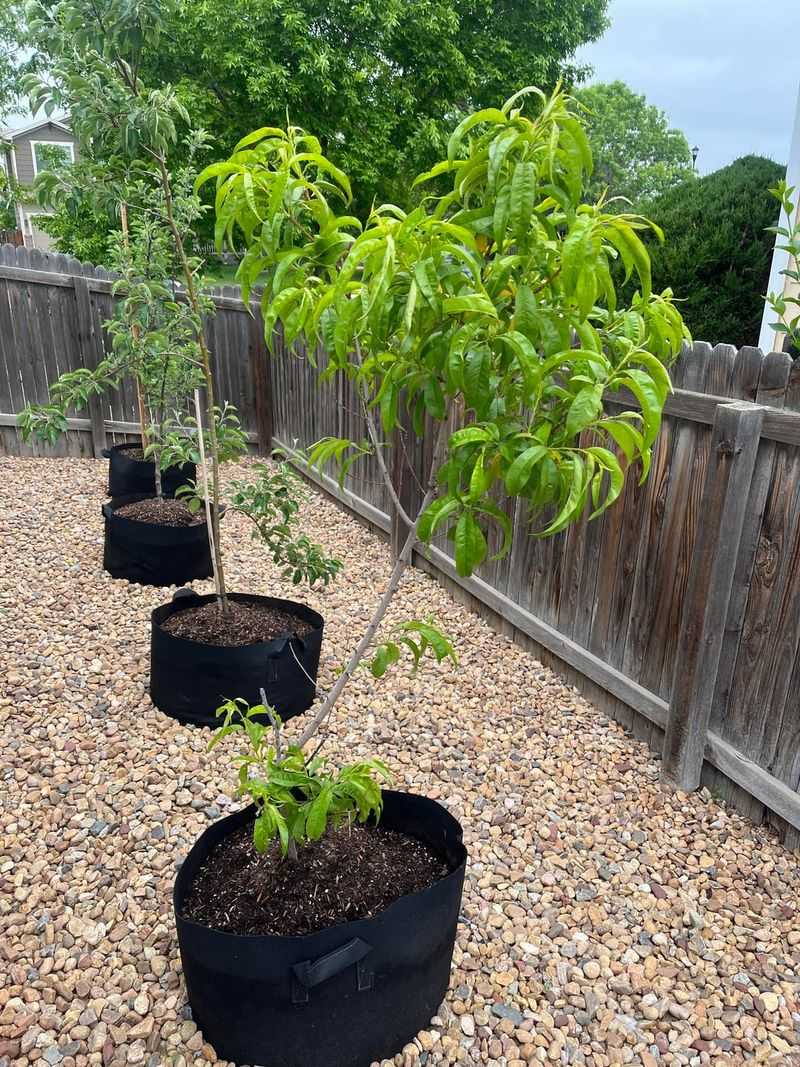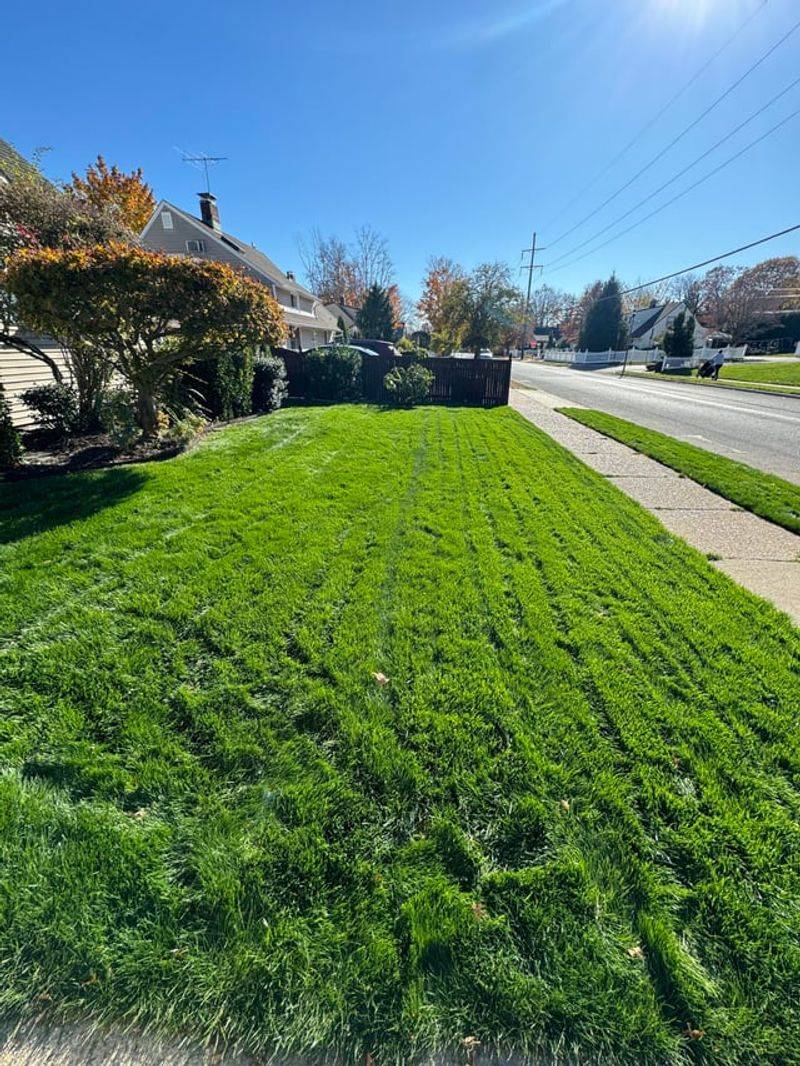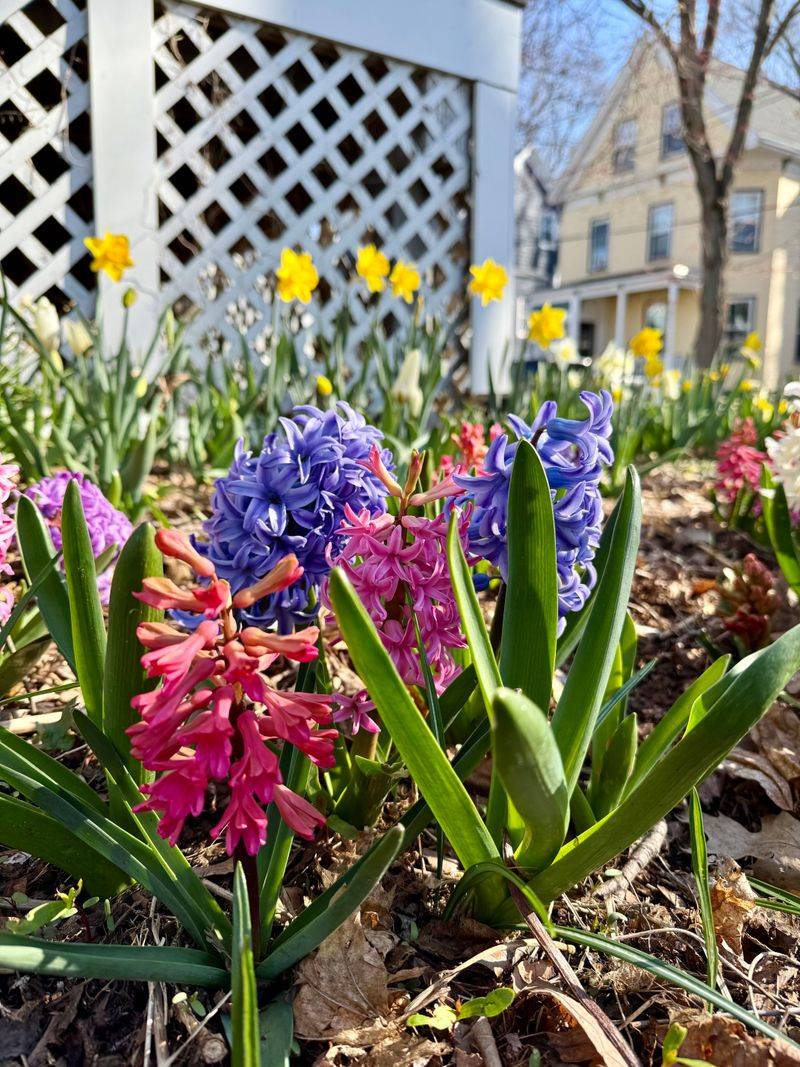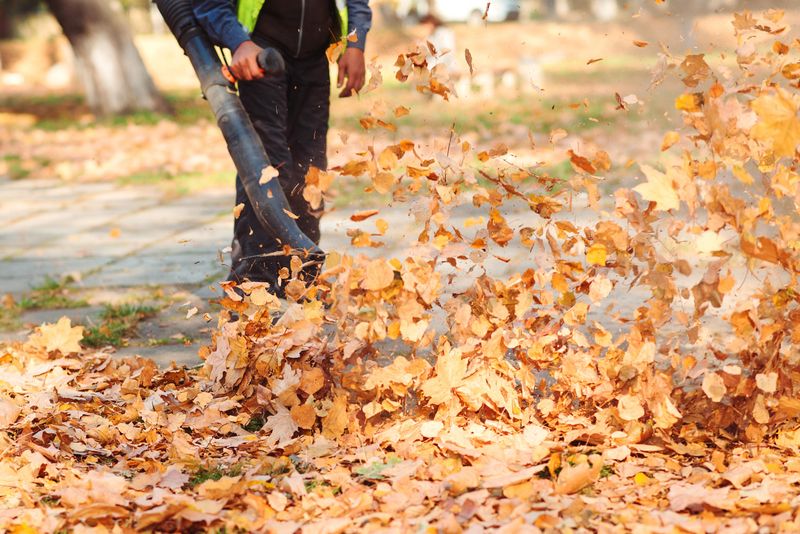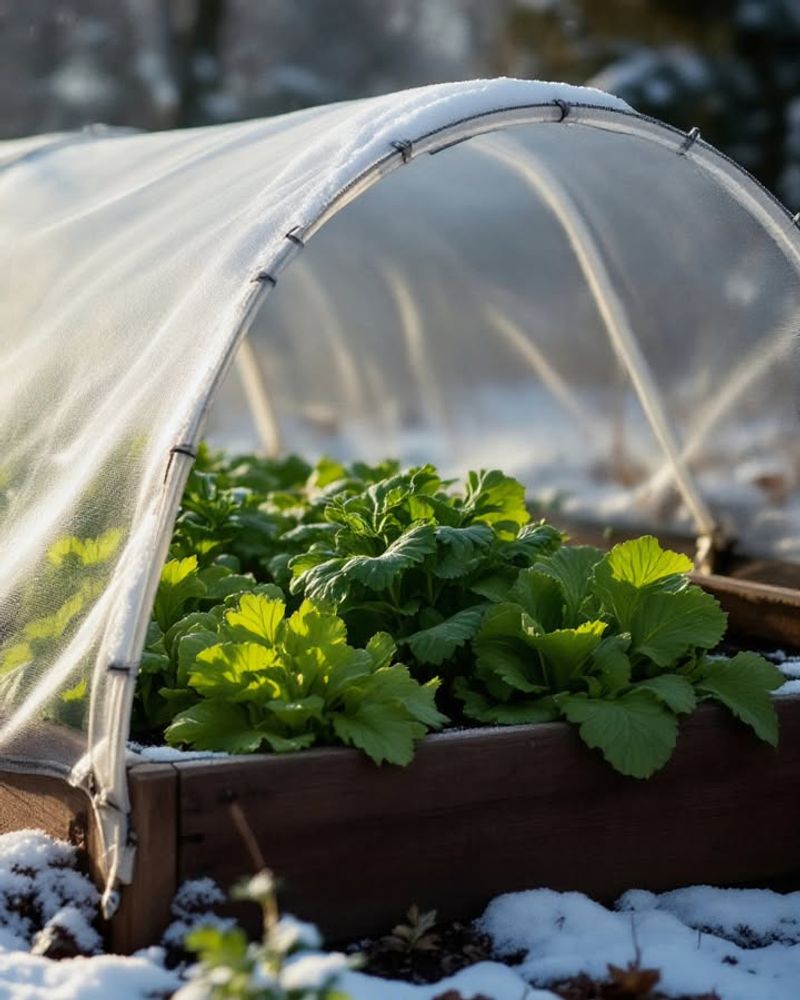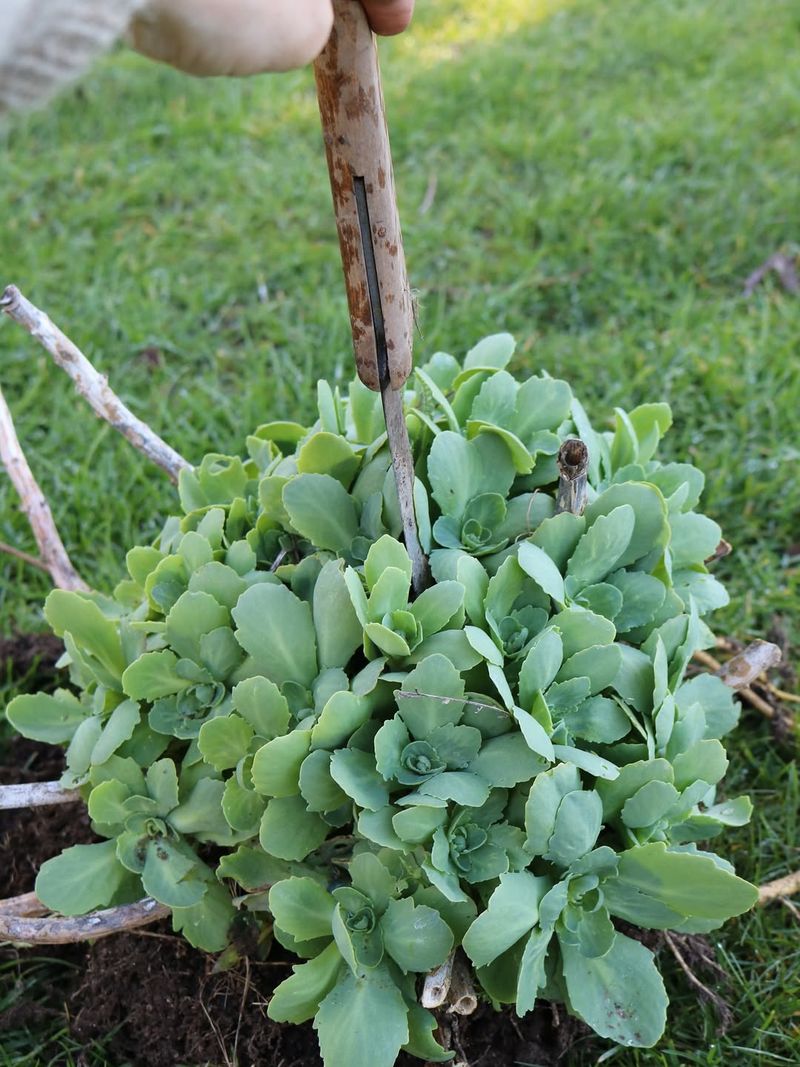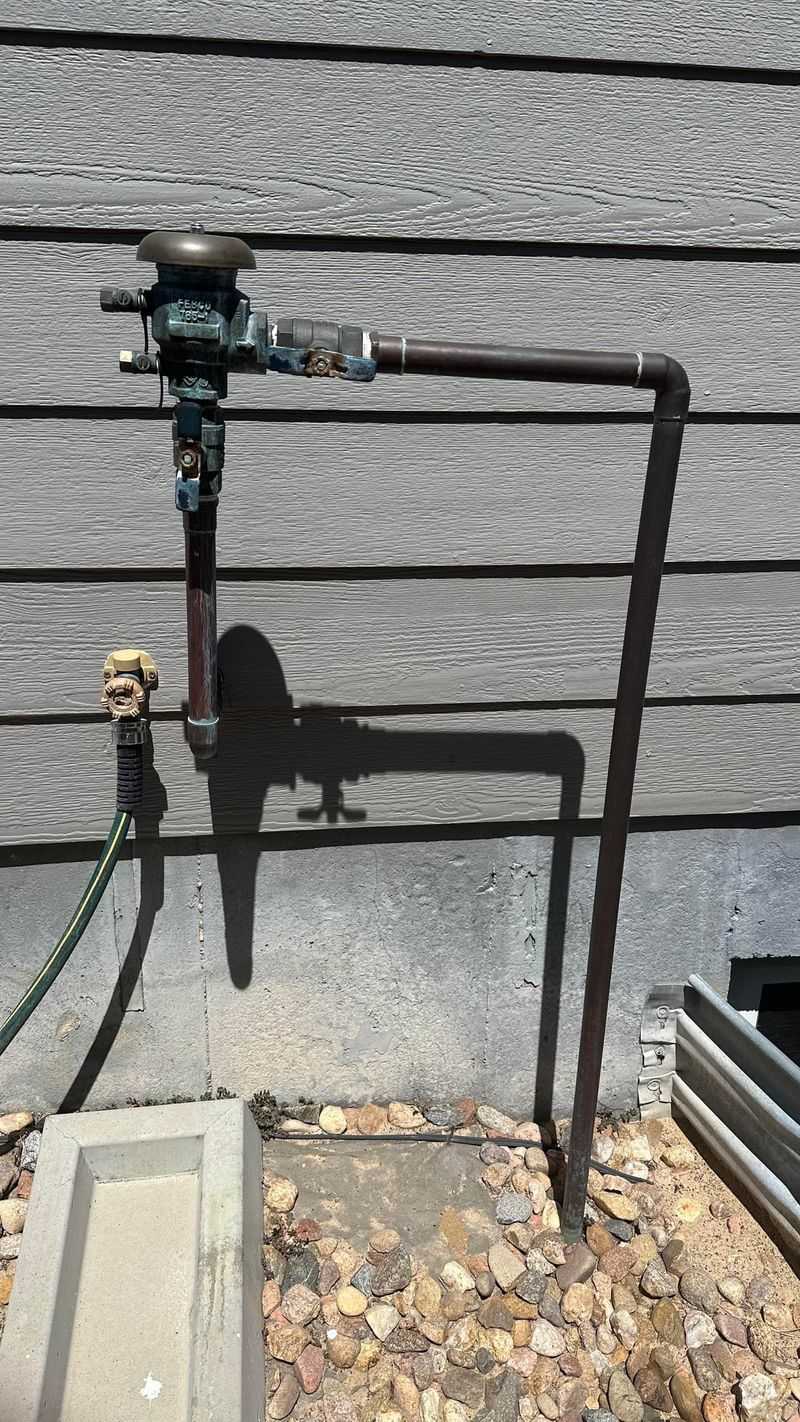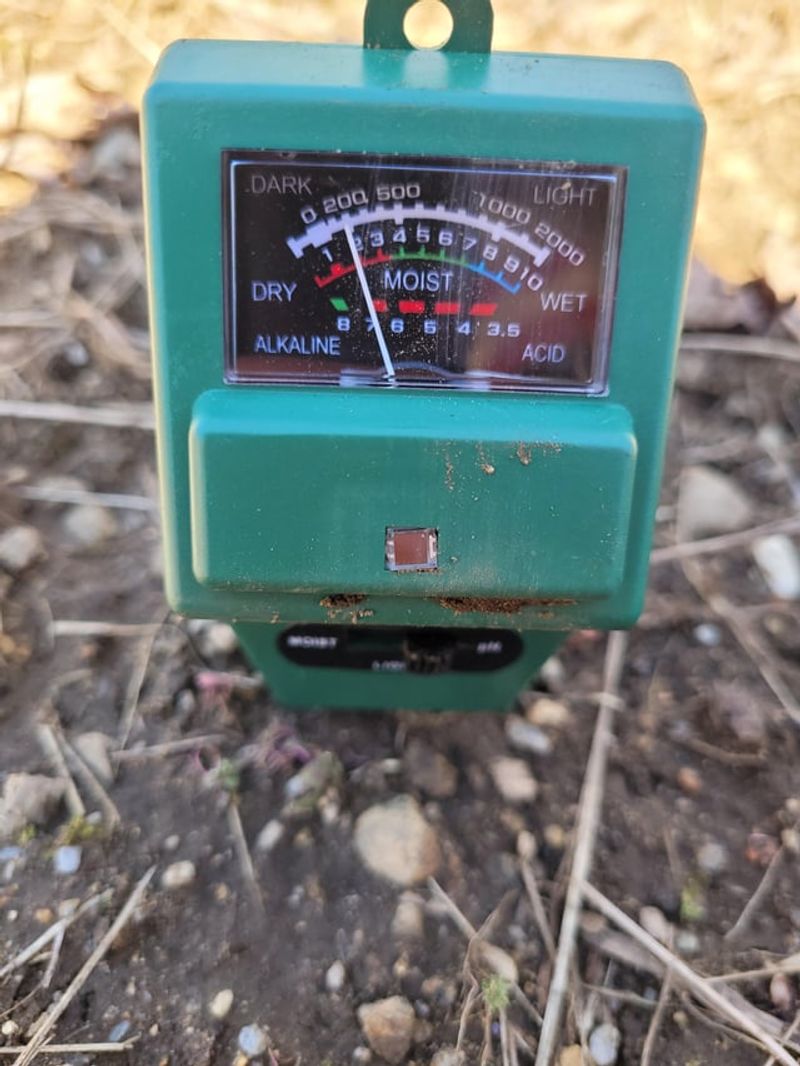November in Texas kicks off a busy stretch for gardeners who want a great spring. I’ve noticed that tackling these jobs early saves me so much work later.
Each task helps your yard stay strong through the cooler weeks. Get ahead now and your garden will burst back with confidence.
1. Plant Cool-Season Vegetables
November offers ideal conditions for growing vegetables that love cooler temperatures across Texas. Leafy greens like spinach, lettuce, and kale can handle the mild winters and will provide fresh harvests throughout the season.
Root vegetables such as carrots, radishes, and turnips also do wonderfully when planted now. Texas gardeners have a longer growing window than most states, so take advantage of this perfect planting time to enjoy homegrown produce all winter long.
2. Mulch Garden Beds
Adding a fresh layer of mulch protects plant roots from temperature swings that can occur during Texas winters. Spread about three inches of organic mulch around trees, shrubs, and flower beds to help retain moisture and prevent weeds from taking over.
Mulch also breaks down slowly, enriching your soil with nutrients over time. Keep mulch a few inches away from plant stems and tree trunks to prevent rot and pest problems in your Texas landscape.
3. Prune Dormant Trees and Shrubs
Late fall is pruning time for many trees and shrubs in Texas as they enter their dormant period. Removing dead, damaged, or crossing branches helps prevent disease and encourages healthy growth when spring arrives.
Wait until after the first frost to prune most plants, as cutting too early can stimulate new growth that cold weather will damage. Always use clean, sharp tools and avoid pruning spring-blooming shrubs now, or you’ll cut off next year’s flower buds throughout Texas gardens.
4. Fertilize Your Lawn One Last Time
Giving your Texas lawn a final feeding in November strengthens roots for winter and promotes early spring green-up. Choose a slow-release fertilizer with higher nitrogen content to help grass store energy during dormancy.
St. Augustine, Bermuda, and other warm-season grasses benefit greatly from this late-season boost. Apply fertilizer when grass is still slightly active but before the first hard freeze hits your area of Texas for best results.
5. Plant Spring-Blooming Bulbs
Now is your chance to plant tulips, daffodils, and other spring bulbs that need cold temperatures to bloom properly. Texas gardeners in northern regions have better success with bulbs than those in warmer southern areas.
Plant bulbs about six inches deep in well-draining soil and water them thoroughly after planting. Some bulbs may need pre-chilling in the refrigerator for several weeks before planting, depending on which part of Texas you call home.
6. Clean Up Fallen Leaves
Raking and removing fallen leaves prevents them from smothering your grass and creating disease problems in Texas yards. While a thin layer of leaves can be mulched with your mower, thick piles block sunlight and trap moisture against the lawn.
Collect leaves and add them to your compost pile or use them as mulch around garden beds. Leaving too many leaves on the ground can also create hiding spots for pests throughout the cooler months in Texas.
7. Protect Tender Plants from Frost
Frost can arrive unexpectedly in many parts of Texas during November, threatening sensitive plants like citrus trees and tropical flowers. Cover vulnerable plants with frost cloth or old bedsheets when temperatures are expected to drop below freezing.
Move potted plants closer to your house or into a garage for extra protection. Water plants thoroughly before a freeze, as moist soil holds heat better than dry soil and helps protect roots throughout cold Texas nights.
8. Divide and Transplant Perennials
Cooler November weather makes this an excellent time to divide overgrown perennials in your Texas garden. Daylilies, hostas, and ornamental grasses can be dug up, separated into smaller clumps, and replanted in new locations.
Dividing perennials rejuvenates older plants and gives you free plants to fill empty spaces in your landscape. Water newly divided plants well and add mulch around them to help roots establish before winter arrives across Texas.
9. Winterize Irrigation Systems
Preparing your sprinkler system for winter prevents expensive freeze damage to pipes and valves throughout Texas. Drain all water from irrigation lines and turn off the water supply to outdoor systems.
Consider using compressed air to blow out remaining water from the lines if you live in areas where hard freezes are common. Insulate exposed pipes and backflow preventers with foam covers to add extra protection during cold snaps that occasionally hit Texas in winter.
10. Test and Amend Soil
November is perfect for testing your soil and making improvements before spring planting season arrives in Texas. Send a soil sample to your local extension office or use a home testing kit to check pH levels and nutrient content.
Based on test results, add lime to raise pH or sulfur to lower it, and incorporate organic matter like compost to improve soil structure. Amendments added now have months to work into the soil, creating ideal growing conditions throughout Texas gardens by spring.

